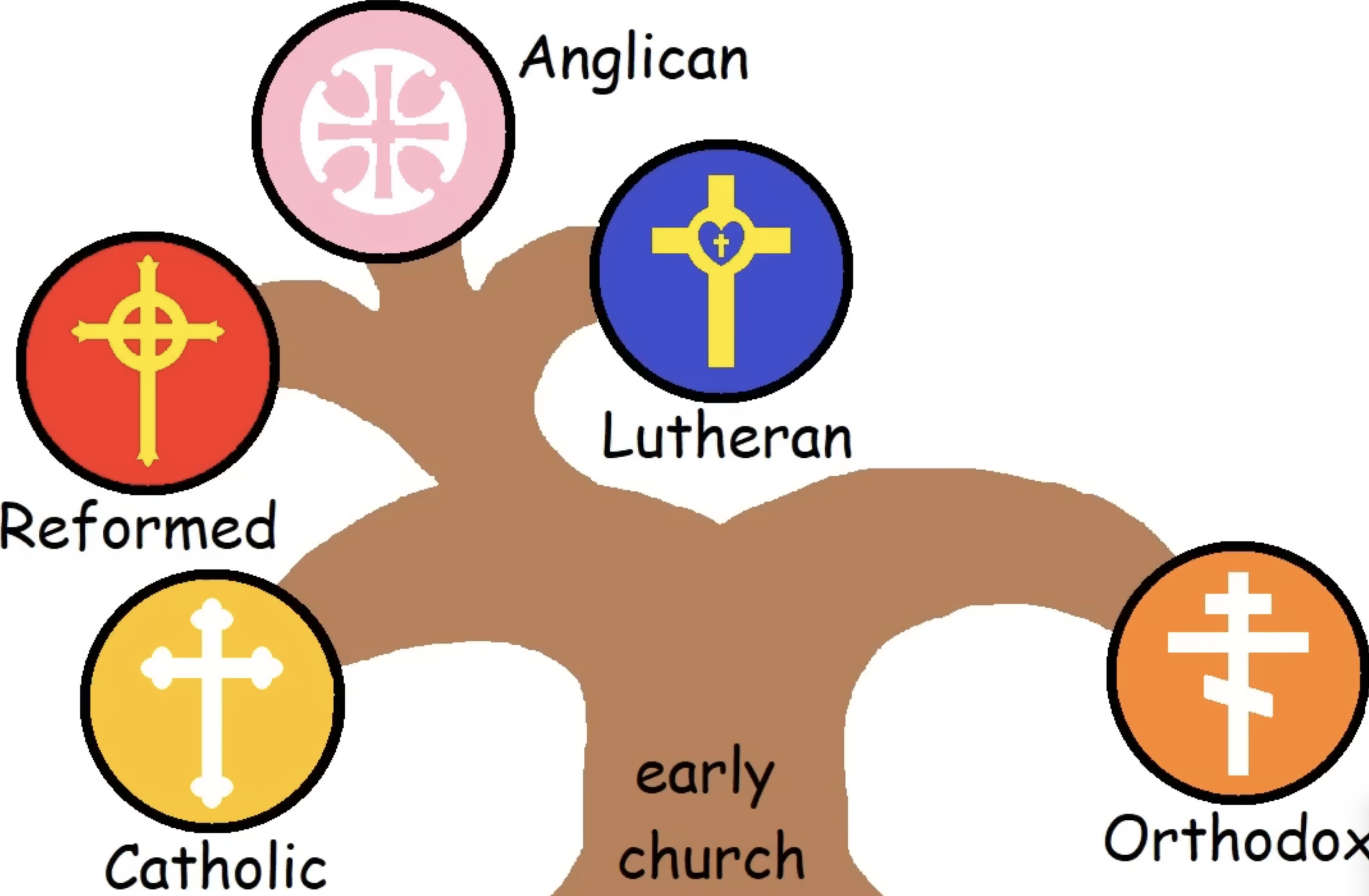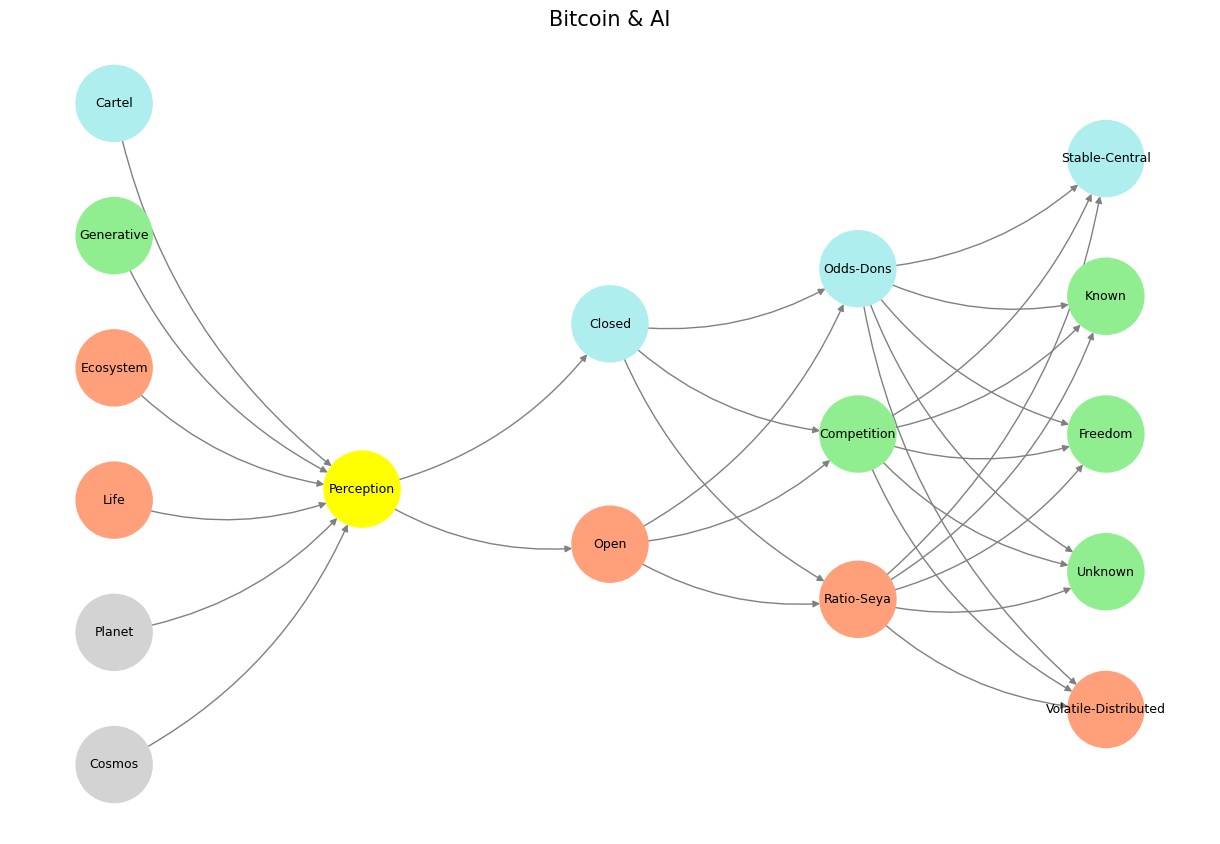Woo’d 🗡️❤️💰#
The narrative of coffee intertwines with the peaks of civilization in various regions, serving as both a marker and a catalyst of cultural, economic, and social evolution. Here, we explore this journey through the lens of historical apexes in each location, examining how coffee shaped and was shaped by these moments, including the curious case of Charles II’s reaction to coffee in England and its subsequent influence on American beverage culture.
Ethiopia (14th Century and Before): At the dawn of coffee’s history in Ethiopia, we see a civilization at a cultural peak, where the highlands were not only the birthplace of coffee but also of a rich oral tradition and the Ethiopian Orthodox Church. Here, coffee was a spiritual tool, used in religious ceremonies like the “buna tetu,” a coffee ceremony central to Ethiopian social life. This integration into religious practice marked a high point of cultural synthesis, where coffee was not merely consumed but revered, setting a foundation for its global journey.

Fig. 7 What Exactly Is It About? Might it be about fixed odds, pattern recognition, leveraged agency, curtailed agency, or spoils for further play? Grants certainly are part of the spoils for further play. And perhaps bits of the other stuff.#
Mocha, Yemen (15th Century): Yemen’s peak in the 15th century, particularly around Mocha, coincided with the rise of the Mamluk Sultanate and later the Ottoman influence, making it a pivotal point in the Arab world’s cultural and economic landscape. Mocha’s coffee was celebrated in poetry and was central to the burgeoning trade routes. The curiosity here lies in how coffee was initially seen as a threat by some Islamic scholars, fearing it could lead to moral decay, leading to debates on its permissibility. However, coffee’s acceptance was emblematic of Yemen’s cultural resilience and adaptability, marking its status as a center of learning and commerce.
Ottoman Empire (16th Century): The Ottoman Empire reached its zenith in the 16th century, with Constantinople (Istanbul) as the world’s crossroads of culture, religion, and trade. Coffeehouses became the intellectual and social hubs, much like the agora of ancient Athens. The spread of coffee here was at the heart of this cultural peak, fostering an environment where ideas were exchanged freely. Yet, coffee’s role was not without contention; Sultan Murad IV’s attempt to ban coffee due to fears of sedition in coffeehouses shows the complexities of this beverage’s integration into society.
Western Nations (17th Century): In England, the 17th century was a period of scientific revolution and enlightenment, with coffeehouses playing a crucial role. The curiosity of King Charles II’s reaction to coffeehouses is particularly noteworthy. Fearing they were breeding grounds for political dissent, he issued a proclamation in 1675 to shut them down, only to retract it due to public outcry. This episode highlighted coffee’s influence on public life and discourse, yet also indirectly led to England’s transformation into a tea-drinking nation. The East India Company’s promotion of tea as a safer alternative to potentially subversive coffee gatherings contributed to this shift, setting the stage for a cultural symbol that would resonate across the Atlantic.
Latin America (18th Century): The 18th century in Latin America, especially Brazil, marked an economic peak with coffee as a primary export, driving the region’s growth and integration into global trade networks. This era was characterized by the expansion of plantations which, while economically prosperous, reflected the harsh realities of colonial labor practices. Here, coffee was less about cultural or religious symbolism and more about economic power, illustrating how a civilization’s peak can be multifaceted, with wealth and exploitation hand in hand.
Back to East Africa from Brazil (19th Century): The 19th century saw a cultural and economic resurgence in East Africa, with coffee returning from Brazil symbolizing a reconnection with its roots. This period was marked by European colonial expansion, yet also by the resistance and identity assertion of African cultures. The coffee trade here was intertwined with the fight for independence, making coffee a symbol of both economic potential and cultural heritage.
The Boston Tea Party and American Coffee Culture: The curious twist in this narrative comes with the Boston Tea Party in 1773, an event where tea, not coffee, played the central role. The British tea tax, combined with the cultural memory of coffee as a symbol of intellectual and political freedom from England, shifted American beverage preferences. After the Tea Party, tea became unpatriotic, and coffee, already familiar, became the patriotic choice. This cultural pivot illustrates how beverages can be emblematic of political ideologies and national identity, with coffee becoming ingrained in American daily life as a symbol of liberty and resistance against British cultural dominance.
In essence, coffee’s journey through these peaks of civilization reflects its role as a mirror to society’s values, fears, and aspirations. From religious ceremonies to political debates, economic booms to cultural symbols, coffee has been at the heart of human interaction, embodying the complexities of civilization’s rise and transformation.
Show code cell source
import numpy as np
import matplotlib.pyplot as plt
import networkx as nx
# Define the neural network fractal
def define_layers():
return {
'World': ['Cosmos', 'Planet', 'Life', 'Ecosystem', 'Generative', 'Cartel', ], ## Cosmos, Planet
'Perception': ['Perception'], # Life
'Agency': ['Open', 'Closed'], # Ecosystem (Beyond Principal-Agent-Other)
'Generative': ['Ratio-Seya', 'Competition', 'Odds-Dons'], # Generative
'Physical': ['Volatile-Distributed', 'Unknown', 'Freedom', 'Known', 'Stable-Central'] # Physical
}
# Assign colors to nodes
def assign_colors():
color_map = {
'yellow': ['Perception'],
'paleturquoise': ['Cartel', 'Closed', 'Odds-Dons', 'Stable-Central'],
'lightgreen': ['Generative', 'Competition', 'Known', 'Freedom', 'Unknown'],
'lightsalmon': [
'Life', 'Ecosystem', 'Open', # Ecosystem = Red Queen = Prometheus = Sacrifice
'Ratio-Seya', 'Volatile-Distributed'
],
}
return {node: color for color, nodes in color_map.items() for node in nodes}
# Calculate positions for nodes
def calculate_positions(layer, x_offset):
y_positions = np.linspace(-len(layer) / 2, len(layer) / 2, len(layer))
return [(x_offset, y) for y in y_positions]
# Create and visualize the neural network graph
def visualize_nn():
layers = define_layers()
colors = assign_colors()
G = nx.DiGraph()
pos = {}
node_colors = []
# Add nodes and assign positions
for i, (layer_name, nodes) in enumerate(layers.items()):
positions = calculate_positions(nodes, x_offset=i * 2)
for node, position in zip(nodes, positions):
G.add_node(node, layer=layer_name)
pos[node] = position
node_colors.append(colors.get(node, 'lightgray')) # Default color fallback
# Add edges (automated for consecutive layers)
layer_names = list(layers.keys())
for i in range(len(layer_names) - 1):
source_layer, target_layer = layer_names[i], layer_names[i + 1]
for source in layers[source_layer]:
for target in layers[target_layer]:
G.add_edge(source, target)
# Draw the graph
plt.figure(figsize=(12, 8))
nx.draw(
G, pos, with_labels=True, node_color=node_colors, edge_color='gray',
node_size=3000, font_size=9, connectionstyle="arc3,rad=0.2"
)
plt.title("Bitcoin & AI", fontsize=15)
plt.show()
# Run the visualization
visualize_nn()


Fig. 8 This is an updated version of the script with annotations tying the neural network layers, colors, and nodes to specific moments in Vita è Bella, enhancing the connection to the film’s narrative and themes:#

